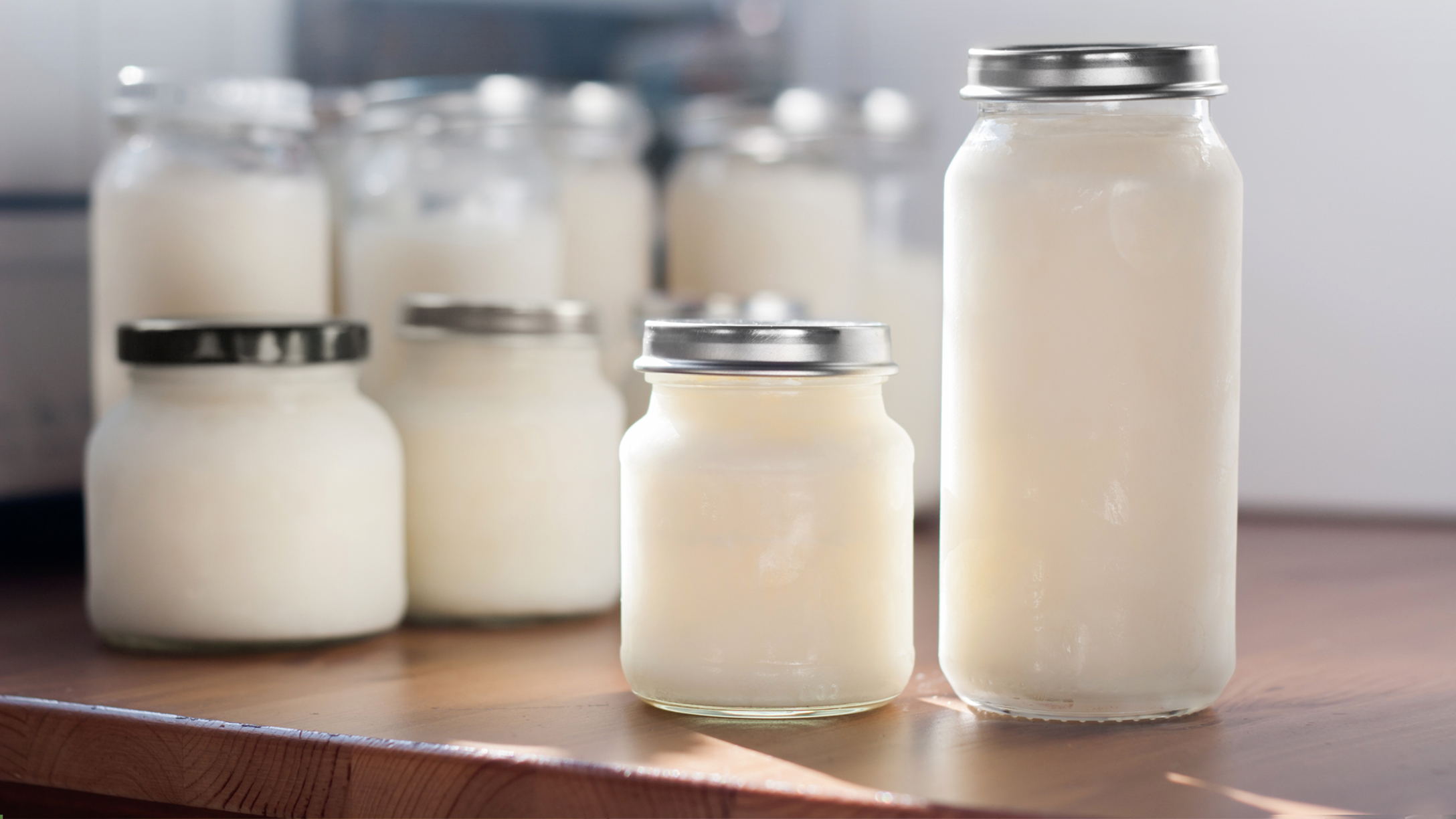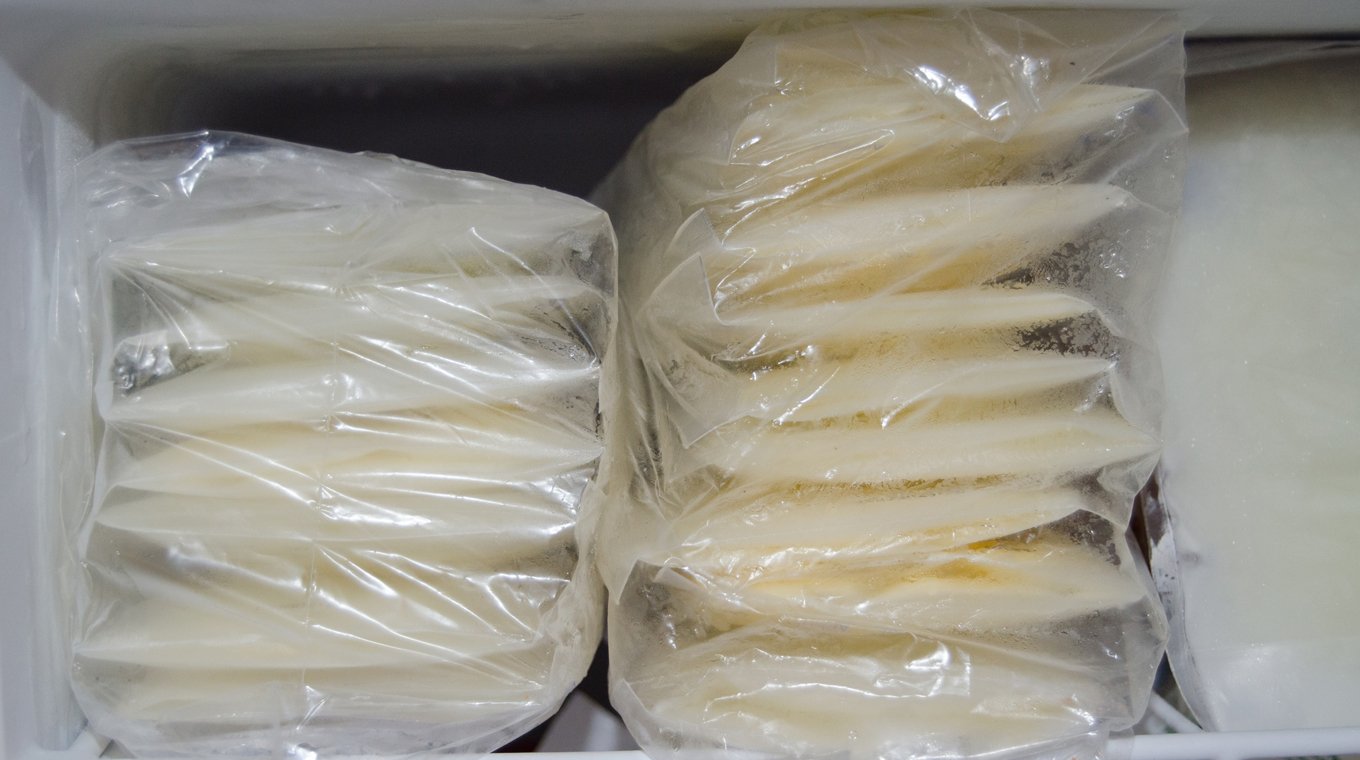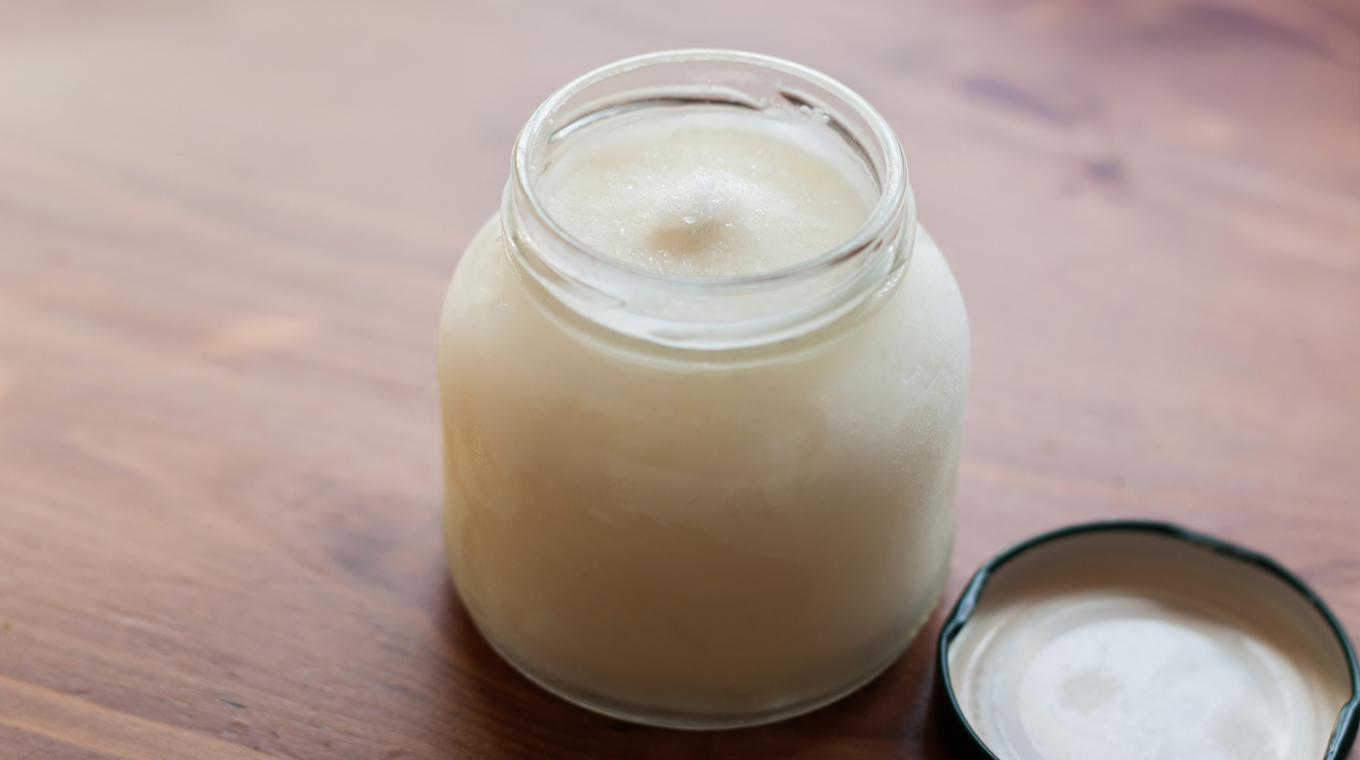
In this article
Whether you are a stay-at-home mom or not, having a cache of breast milk while you’re breastfeeding gives you freedom — even if you don’t choose to use it. This way, you aren’t always tethered to the baby and have options for a partner to use a bottle for a night feeding or a caregiver to watch them while you take a break.
Like all foods, breast milk requires proper handling and storage so that you retain as much of its nutritional value as possible and keep your milk from spoiling. “It’s important to keep in mind how long breast milk lasts because it varies based on whether breast milk is freshly pumped or previously frozen and being kept in a refrigerator or a freezer,” Pennsylvania pediatrician Dr. Steph Lee told Mom.com.
If you’re wondering how to store breast milk safely for use at home, work, or while traveling, here are some best practices for stockpiling your breast milk for a rainy day.
Best breast milk storage guidelines

To start, when you are pumping or expressing breast milk, make sure to have clean hands, sanitized containers, and your breast pump. After you have expressed your breast milk, keeping the breast milk safe and optimal depends on the type of breast milk (freshly pumped, frozen, or thawed), where you’ve stored it previously, and the temperature.
“Make sure to store in bags or containers with tight-fitting lids, and write the date on them so you can keep track of when they expire,” Dr. Lee said. She advises not to fill any storage containers or bags all the way because breast milk can expand as it freezes. “You don’t want to come back to exploded milk one day,” she cautioned.
“Rule of fours”
In general, remember the “rule of fours.” For fresh breast milk, it’s safe at room temperature for up to four hours, and up to four days in the refrigerator. To prevent waste, store your breast milk in small batches of 2 to 3 ounces (59.1 to 118.2 milliliters). If your baby doesn’t finish an entire bottle in one feeding, use the remaining milk within two hours. If you refrigerate quickly enough, you can use the remainder for the next feeding.
Breast milk storage time and temperature guidelines
Here are some general guidelines for storing your breast milk:
- Fresh breast milk at room temperature (up to 77 degrees F): 4 hours (if not in direct sunlight)
- In cooler/insulated bag with frozen ice packs: up to 24 hours
- Fresh milk in fridge (40 degrees F): 4 days (near the back)
- Freezer (0 degrees F): 6 to 12 months (12 months if deep freezer)
- Thawed milk in fridge (40 degrees F): up to 24 hours
- Thawed milk at room temperature (up to 77 degrees F): up to 2 hours
How to store breast milk in the fridge and freezer

What you store your breast milk in is important, too. Here are some basic guidelines:
- Use sterile glass bottles or hard BPA-free plastic bottles.
- Make sure they all have tight-fitting lids, so no milk leaks!
- If you use breast milk storage bags, only use ones designated for freezing human milk. Disposable bottle liners and other plastic bags aren’t thick enough and are more prone to leaking. Plus, you lose more of the fat in your breast milk if you store it in the polyethylene bag.
- Steer clear of containers with recycle number 3 or 7 because they might contain Bisphenol A (BPA).
“I stored my breast milk in breast milk storage bags labeled by date pumped,” Rachel Barry told Mom.com. “I ended up buying a deep chest freezer just to house and store all of my pumped breast milk.”
For Michelle Price, she traveled a lot for work while exclusively breastfeeding, and she had a whole system of pumping and storing. “They all got stored in the bags with the date written in Sharpie on them,” Price told Mom.com. “I used big rubber bands to band together all the milk pumped in a given day, and the newest milk went to the back of the freezer.” The mom of two explained that the rubber bands made it easy to know all the “right” milk for a given day when her parents or husband needed to defrost it in the fridge.
The best way to store breast milk in freezer and other tips

With so many ways to store breast milk, it can be a bit confusing as well as a logistical nightmare to track. Below are a few practical tips that might help.
Lay your breast milk bags flat to freeze
This way, your frozen breast milk freezes flat and is easily stackable vertically like files, or horizontally on top of one another in containers or giant zip-lock bags.
Store your breast pump parts in the fridge
No, seriously. When you’re at work (or at home) and running short on time, place your rinsed or unrinsed pump parts in a large, resealable zip-lock bag and keep it along with your pumped milk in the fridge or a cooler filled with ice packs. Just remember to thoroughly wash them after a few uses.
If it smells like spoiled milk, it’s gone bad
Just because it hasn’t hit the maximum time breast milk can be stored, doesn’t mean it can’t spoil earlier. If it smells like spoiled milk, has clumps, doesn’t mix when swirled, or tastes sour, throw it out. It hurts, but better to be safe than sorry.
Donate excess milk to local human milk banks
Instead of tossing excess frozen breast milk, consider donating the breast milk to local breast milk banks.




